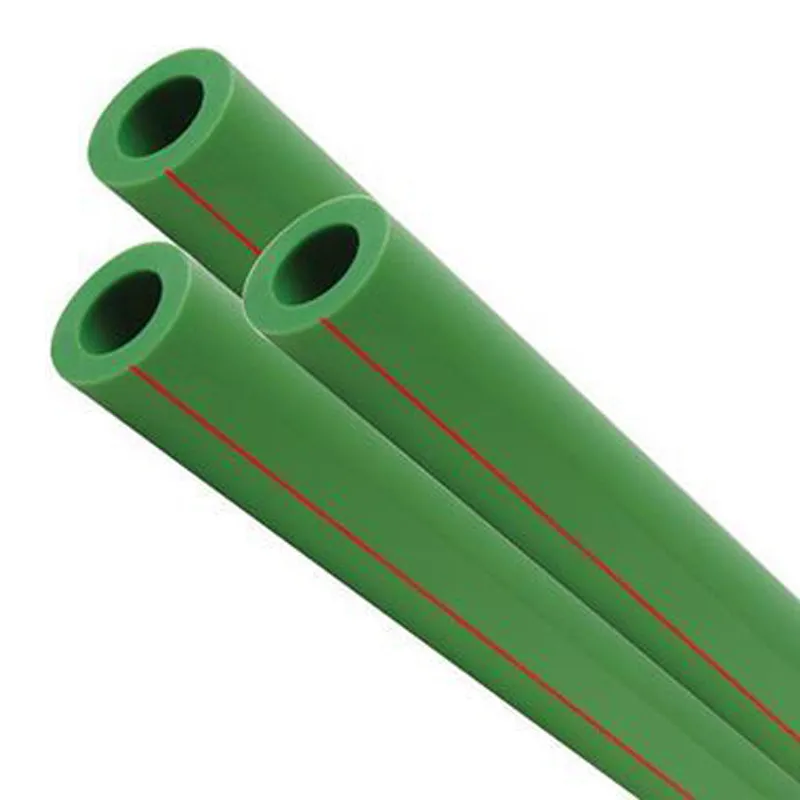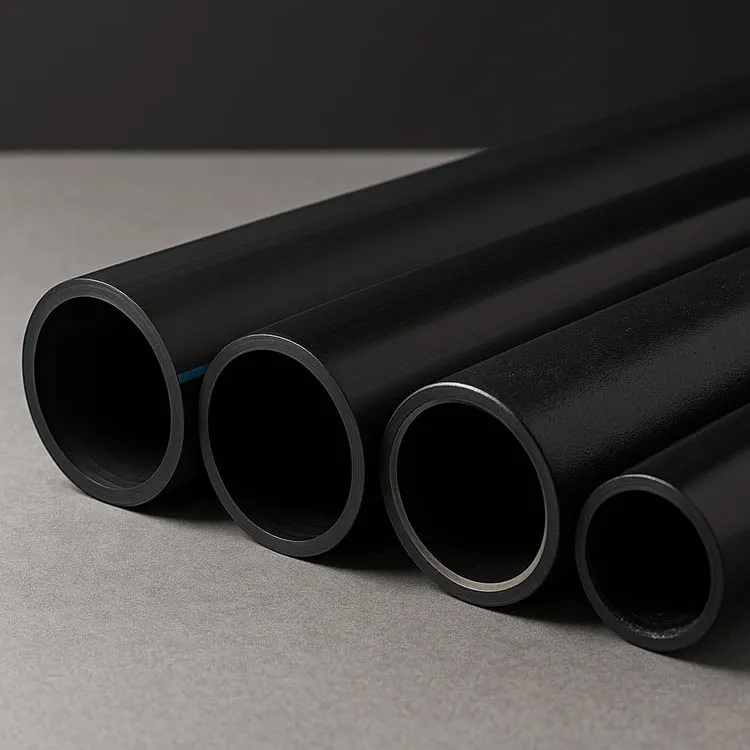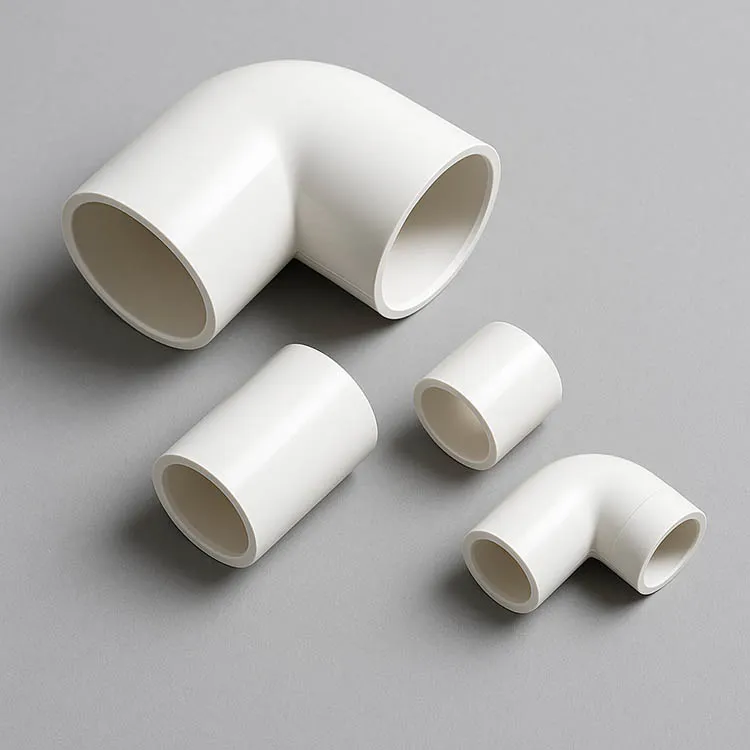The electric ball valve is composed of an electric actuator and a ball valve. It is a pipeline pressure element for industrial automation process control, usually used for remote opening and closing (connecting and cutting off the medium) control of pipeline media. The electric ball valve standard GB/T21465-2008 "Valve Terminology" defines it as: a valve in which the opening and closing part (ball) is driven by the valve stem and rotates around the axis of the valve stem. It is mainly used to cut off or connect the medium in the pipeline, and can also be used for fluid regulation and control. Among them, the hard-sealed V-type ball valve has a strong shear force between its V-shaped ball core and the metal valve seat of the surfacing hard alloy, which is particularly suitable for media containing fibers, tiny solid particles, etc. Electric ball valves are divided into electric flange ball valves, electric wafer ball valves, electric welding ball valves, and electric threaded ball valves. According to the sealing form, it is also divided into soft-sealed electric ball valves and hard-sealed electric ball valves.
There are many types of electric ball valves: floating ball valve, fixed ball valve, track ball valve, V-type ball valve, three-way ball valve, stainless steel ball valve, forged steel ball valve, ash discharge ball valve, sulfur-resistant ball valve, three-way ball valve, pneumatic ball valve, electric ball valve, ferrule ball valve, welding ball valve, flange ball valve, threaded ball valve.
Floating ball: The ball of the ball valve is floating. Under the pressure of the medium, the ball can produce a certain displacement and press tightly on the sealing surface of the outlet to ensure the sealing of the outlet. The floating ball valve has a simple structure and good sealing performance, but the load of the working medium on the ball is all transmitted to the outlet sealing ring. Therefore, it is necessary to consider whether the sealing ring material can withstand the working load of the ball medium. When subjected to high pressure shock, the ball may deviate. This structure is generally used for medium and low pressure ball valves.
Fixed ball: The ball of the ball valve is fixed and does not move after being pressurized. Fixed ball valves are all equipped with floating valve seats. When subjected to medium pressure, the valve seats move, causing the sealing ring to be pressed tightly against the ball to ensure sealing. Bearings are usually installed on the upper and lower shafts of the ball. The operating torque is small and suitable for high-pressure and large-diameter valves. In order to reduce the operating torque of the ball valve and increase the reliability of the seal, lubricating oil is added to form an oil film, which not only enhances the sealing performance but also reduces the operating torque. It is more suitable for high-pressure and large-diameter ball valves.
Elastic ball: The ball of the ball valve is elastic. Both the ball and the valve seat sealing ring are made of metal materials. The sealing pressure ratio is very large. The pressure of the medium itself cannot meet the sealing requirements, and external force must be applied. This valve is suitable for high-temperature and high-pressure media. The elastic ball is made of an elastic groove at the lower end of the inner wall of the ball to obtain elasticity. When closing the channel, the wedge-shaped head of the valve stem is used to expand the ball and press it against the valve seat to achieve sealing. Before turning the ball, loosen the wedge head first, and the ball will return to its original shape, so that a small gap will appear between the ball and the valve seat, which can reduce the friction and operating torque of the sealing surface.
Structural features
1. Locking holes are provided at the fully open and fully closed positions of the valve to prevent non-staff from operating it incorrectly.
2. A step is provided at the lower part of the valve stem to prevent the abnormal increase of the internal pressure of the valve from escaping the valve stem.
3. A fire-resistant sealing ring is provided between the ball and the valve seat, and the valve seat still has a sealing effect after being burned.
4. Rapid switching, flexible opening and closing, long service life, safe and reliable.
5. Pneumatic and electric ball valves can be centrally controlled from a long distance and can meet the needs of computer program control.
The electric three-way ball valve is used for diversion or confluence. It is a multi-port ball valve with two-sided or four-sided valve seats. Any port can be used as the inlet surface without leakage. The three-way can be either L-type or T-type.
Features of three-way ball valve
Unique structural design: The electric three-way ball valve adopts an innovative valve body design, combined with a two-seat or four-seat configuration to ensure precise control of the fluid channel. The T-type and L-type channel structure of the valve core provides a variety of flow direction options for the fluid, enabling it to perform well in different application scenarios.
Excellent sealing performance
The electric three-way ball valve uses high-quality sealing materials, such as polytetrafluoroethylene (PTFE), to ensure that it can still maintain excellent sealing effects under high pressure and high temperature environments. This enables the valve to effectively prevent medium leakage during long-term operation and ensure the stability and safety of the system.
Fast and precise operation
The electric three-way ball valve drives the valve core to rotate through an electric actuator to achieve rapid switching of the fluid. The 90° rotation range can complete the operation from full open to full closed, making the control process faster and more precise. In addition, the electric actuator can realize remote control and automatic operation as needed, improving the intelligence level of the system.
Wide applicability
The electric three-way ball valve is suitable for a variety of media and working environments, ranging from high vacuum to high pressure. Its diameter range is wide and can meet the needs of different pipe diameters. At the same time, the valve has good corrosion resistance and wear resistance, and is suitable for various harsh environments.
Flexible connection method
Electric three-way ball valves usually adopt various connection methods such as flange connection and threaded connection, which is convenient for connection with other pipeline systems.
341356.webp)
592004.webp)
Easy maintenance and overhaul
The structural design of the electric three-way ball valve is simple and clear, and it is easy to disassemble and replace wearing parts such as seals. This greatly reduces the difficulty and cost of maintenance and overhaul, and increases the service life of the equipment. The electric three-way ball valve is divided into L-type flow channel and T-type flow channel, as shown in the figure:
713403.webp)
The T-type flow channel adopts a 4-sided valve seat, which is balanced in force and reliable in sealing. It is mainly used for diversion, mixing, reversing and full opening of three channels. The L-type flow channel adopts a 2-sided valve seat. It is mainly used for reversing the flow path.
506.webp)



939.webp)


294.webp)
476.webp)
420.webp)
146.webp)
460.webp)
287.webp)
274.webp)
688.webp)


